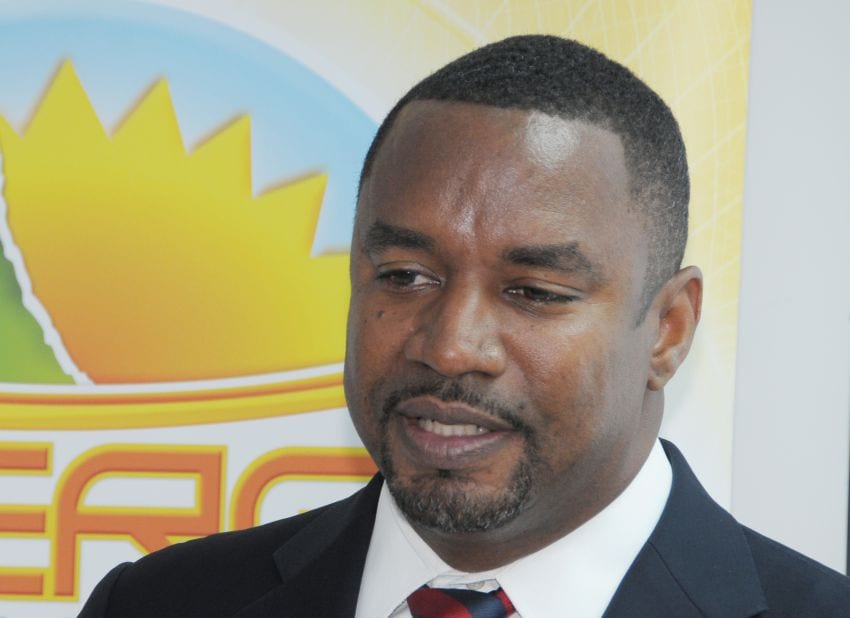
Minister of Energy and Water Resources, Wilfred Abrahams. (FP)
Barbados, with assistance from the United Nations Development Programme (UNDP), is installing pockets of disaster resilience, in the form of photovoltaic systems, across the island.
Minister of Energy and Water Resources, Wilfred Abrahams, made this observation as he highlighted the key objective attained by the United Nations Development Programme (UNDP) DREAM (Disaster Risk and Energy Access Management) Project.
Minister Abrahams was speaking at the ‘flip the switch’ ceremony, at the St. Mark’s Resource Community Centre, St. Philip, photovoltaic (PV) system launch.
One of the main take away points of this project is resilience to the impact of natural disasters.
The Energy Minister stated: “The reality is eventually something will hit us; eventually some storm of devastating impact is going to hit Barbados; we cannot prevent it, but what we can do is prepare ourselves for it.
“We can’t stop the devastation, but we can minimize the effects of that devastation, and how long it takes to get our country back up and running…. We’re doing it here now by installing pockets of resilience in each community.”
UNDP’s Programme Officer Energy and Environment, Allan Franklin, in his remarks acknowledged that in creating the DREAM Project the UNDP sought not only to attain Sustainable Development Goal (SDG) seven, which primarily focuses on affordable and clean energy, but a number of other SDGs, including 11 – sustainable cities and communities, and 13 – climate action.
“DREAM has ensured that the resiliency benefits it offers to communities are distributed equitably, regardless of location, size or income…as it seeks to encourage a more equitable distribution of social benefits to vulnerable groups including youth, women and girls, the elderly and the physically challenged in communities,” Mr. Franklin said.
Also speaking at the ceremony was parliamentary representative for St. Philip North, Dr. Sonia Browne, who expressed delight that one of the 22 centres involved in the project was chosen from within her constituency, and suggested that “maybe now the electric bill is less, we might be able to open a little longer and accommodate those students that need the help in the afternoon with the computers”.
The DREAM Project commenced in December 2015, and should be completed in November this year.
